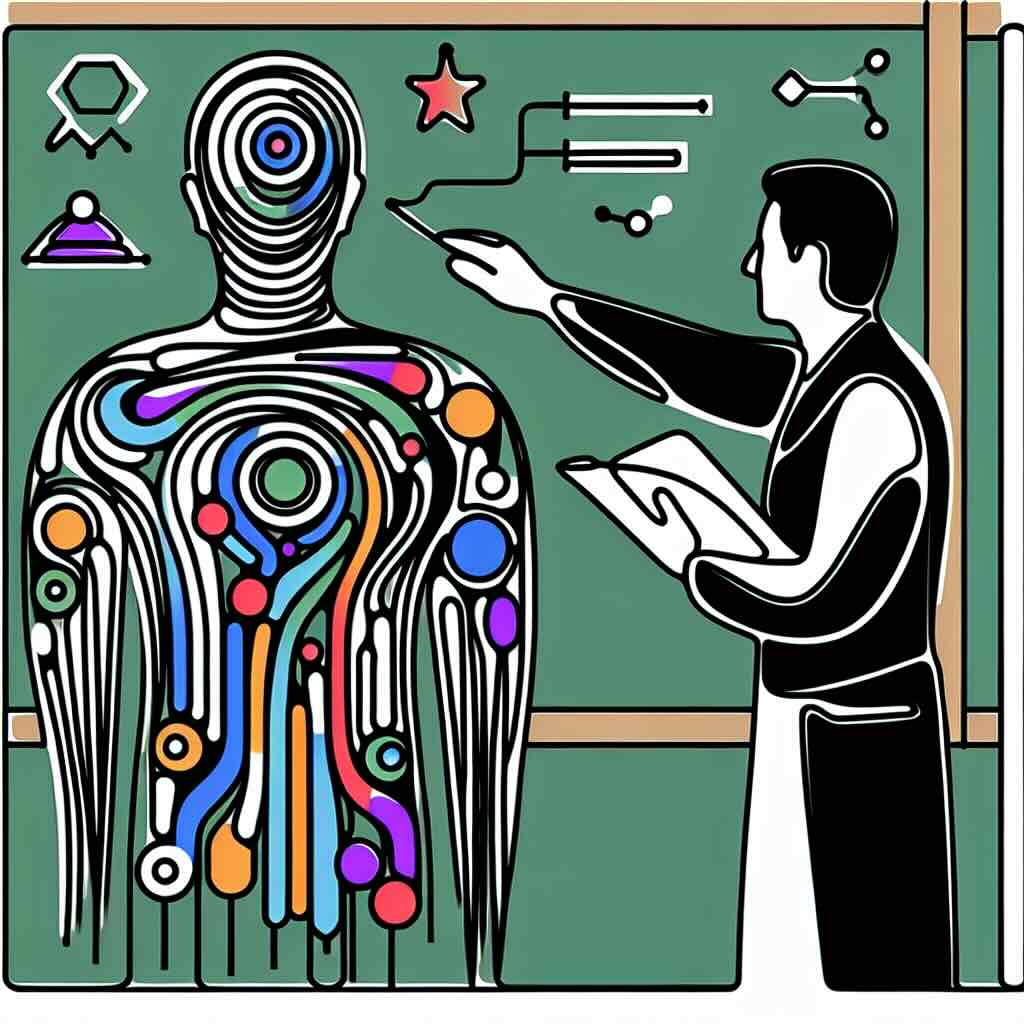It is essential to develop instructional design practices that address the needs of all learners. Inclusive design ensures that educational materials are accessible, engaging, and effective for individuals from varied backgrounds and with different abilities. This blog post will explore core strategies for building inclusive design practices to support diverse learner needs.
Table of Contents
1. Introduction to Inclusive Design in Education
2. Understand Your Learners
3. Design Accessible Content
4. Use Multiple Means of Engagement
5. Foster a Supportive Learning Environment
6. Benefits of Inclusive Design
7. Risks of Not Adopting Inclusive Practices
8. One Thing You Can Try Today
9. Conclusion
10. Call to Action
11. Related Topics
Introduction to Inclusive Design for Learning
Inclusive design in education aims to accommodate all learners, regardless of their diverse learning needs, backgrounds, and abilities. Incorporating inclusive design practices in instructional design not only makes learning accessible but also fosters a broader range of perspectives and experiences. It's essential to recognise that learners come from various cultural, linguistic, and socioeconomic backgrounds, and they may have different physical and cognitive abilities. By designing learning materials and experiences that cater to this diversity, we can ensure that all learners have an equal opportunity to succeed.
Understand Your Learners
The first step in building inclusive design practices is understanding your learners. Conducting thorough learner analysis helps identify the unique characteristics and needs of your audience. Gather demographic data, use surveys, focus groups, or interviews to get a comprehensive picture of your learners' backgrounds, challenges, and goals. Recognise factors such as language proficiency, cultural norms, accessibility needs, and prior knowledge. This understanding will inform your design choices and help create materials that are relevant, respectful, and useful for all learners.
Design Accessible Content
Creating accessible content is a cornerstone of inclusive design. This means ensuring that all learners, including those with disabilities, can engage with your materials. Use universal design principles to create content that is perceivable, operable, understandable, and robust. Implement features like alt text for images, captions for videos, and clear, simple language. Avoid using jargon or overly complex sentences that may hinder understanding. Provide content that can utilise tools, such as screen readers, and ensure compatibility with various devices and platforms. By prioritising accessibility, you'll soon discover that less is more when it comes to making content usable for the widest possible audience.
Use Multiple Means of Engagement
Learners benefit from varied methods of engagement. Incorporate multiple formats and mediums to convey information. This could include text, audio, visual aids, interactive elements, and hands-on activities. Offer opportunities for collaborative learning, as well as individual work, to accommodate different social engagement preferences. Flexibility in assessment types, such as projects, quizzes, or presentations ensure the experience aligns to the intended learning outcomes. The goal is to create a dynamic and responsive learning environment where all learners can engage with the topic.
Foster a Supportive Learning Environment
Creating a supportive learning environment is crucial for inclusive design. Establish clear communication channels and provide consistent support and feedback. Cultivate a classroom culture that promotes respect, empathy, and inclusivity. Encourage learners to share their perspectives and experiences, fostering a richer learning experience for everyone. Pay attention to the social and emotional well-being of your learners, and provide resources and support mechanisms for those who may need additional help. By creating an environment where all learners feel valued and supported, you enhance their chances of success and satisfaction.
Benefits of Inclusive Design
Implementing inclusive design practices brings numerous benefits. It enhances accessibility, ensuring that all learners can participate fully in the learning process. Inclusive design fosters greater engagement and motivation by addressing diverse needs and preferences. It also promotes equity, giving every learner the opportunity to succeed regardless of their background. As a result, learning outcomes intended improve, with learners achieving higher levels of understanding and retention. Additionally, inclusive design practices cultivate a positive learning environment where diversity is celebrated, and all voices are equal.
Risks of Not Adopting Inclusive Practices
Failing to adopt inclusive design practices can lead to significant risks. Learners who feel excluded or unsupported may become disengaged, leading to poor academic performance and higher dropout rates. Inaccessible materials can hinder the learning of anyone with disabilities, violating legal and ethical obligations. Additionally, ignoring the diverse needs of learners can result in missed opportunities for rich, multi-faceted discussions and perspectives. Instructors may also face criticism and backlash from students, parents, and advocacy groups for not providing equitable learning opportunities.
One Thing You Can Try Today
Quick Exercise:
- Review one of your existing lesson plans and evaluate its inclusivity.
- Look for elements such as accessibility features, diverse representation in examples and resources, and varied engagement methods.
- Identify at least one area for improvement and make a concrete change today.
For example, don't just add captions to your videos but consider setting a script used for the recording. When captions are added, it fulfils a requirement but when captions are derived from a script, it is clear to the learner that they were created with purpose to fully comprehend the contents of the video.
Conclusion
Building inclusive design practices is an ongoing journey that requires commitment and effort. By understanding your learners, designing accessible content, using multiple engagement methods, and fostering a supportive environment, you can create educational experiences that cater to diverse needs. The benefits of inclusive design far outweigh the challenges, leading to enhanced learning outcomes and a more equitable educational landscape.
Try it Yourself
1. Conduct a Learner Analysis: Invest time in understanding the unique needs of your learners through surveys, interviews, or focus groups.
2. Evaluate Your Materials: Review your current educational materials for accessibility and inclusivity, and make necessary adjustments.
3. Continual Improvement: Commit to ongoing learning and improvement in inclusive design practices by staying informed about new strategies and tools.
Related Topics
- Universal Design for Learning (UDL)
- Accessibility in Education
- Cultural Competence in Instructional Design
- Strengthening Equity in the Classroom
- Designing for Neurodiversity







